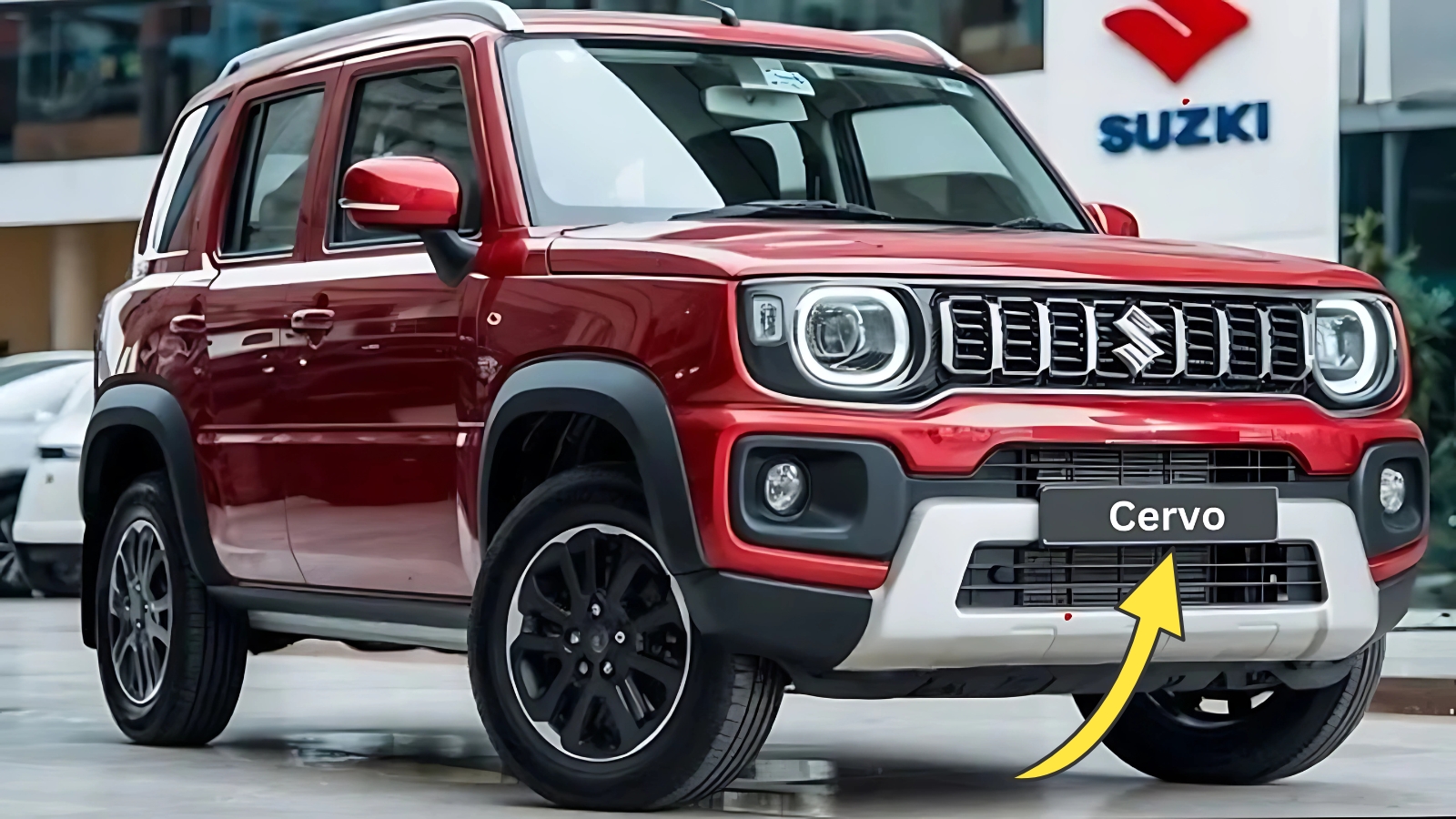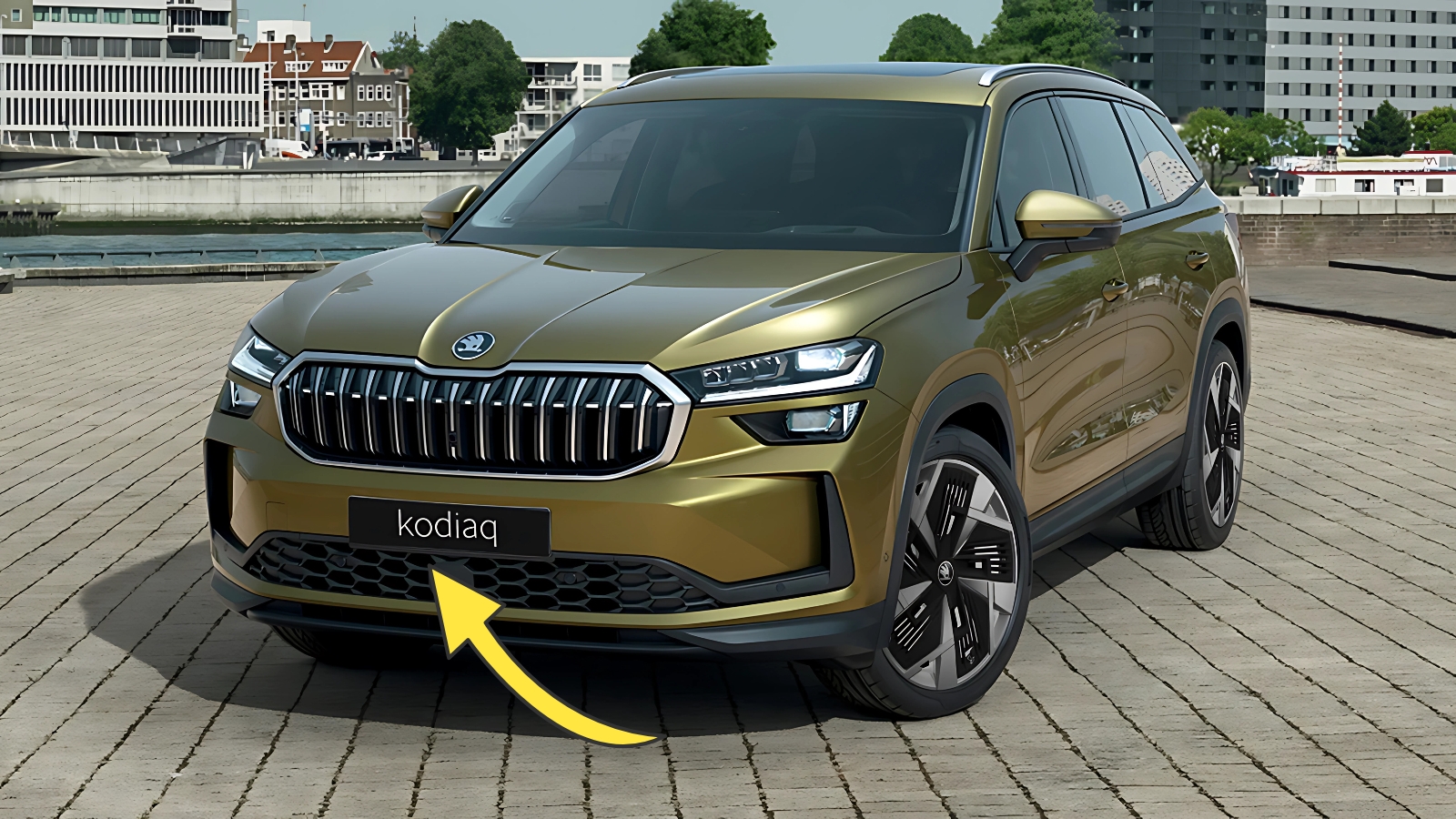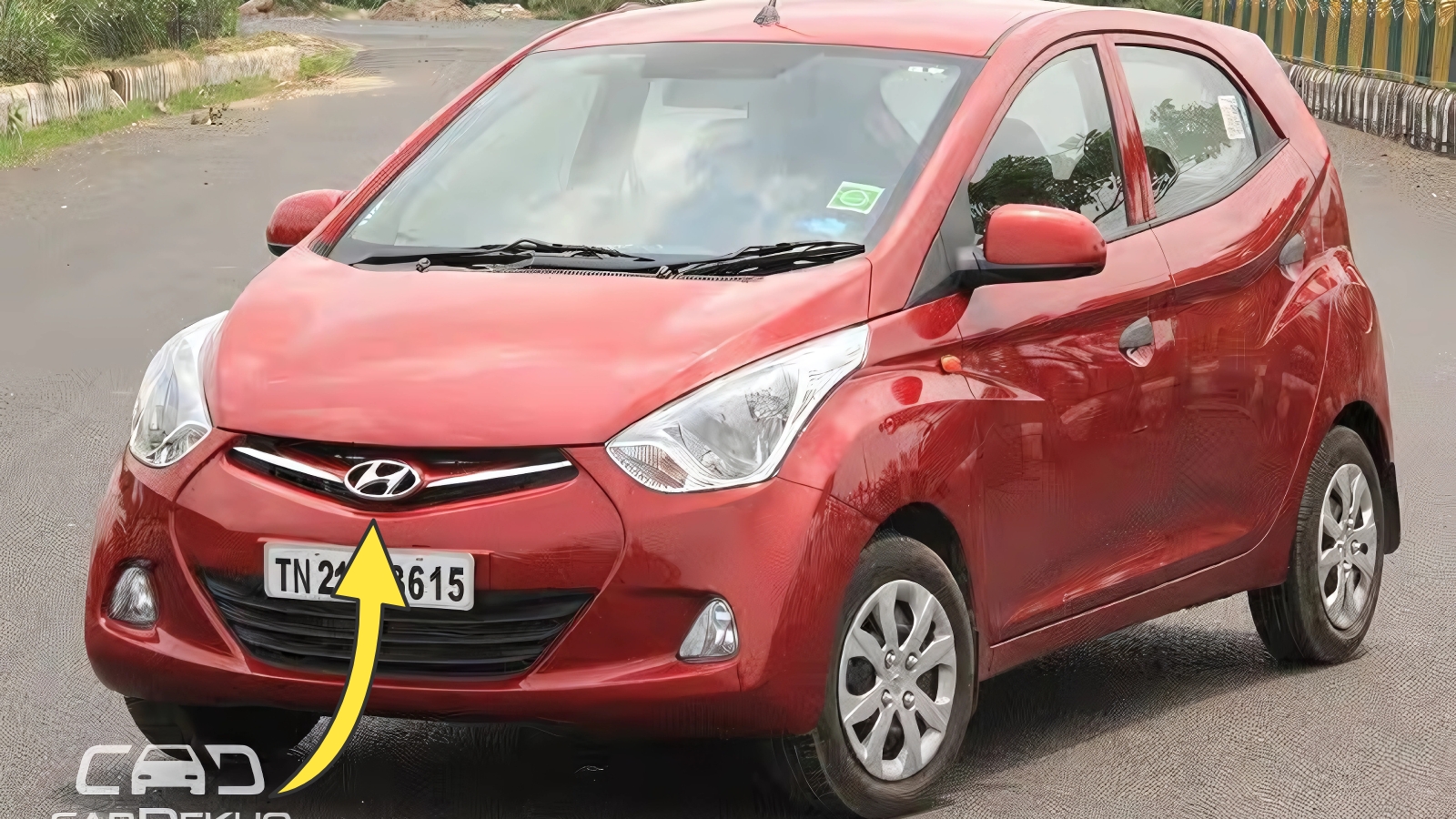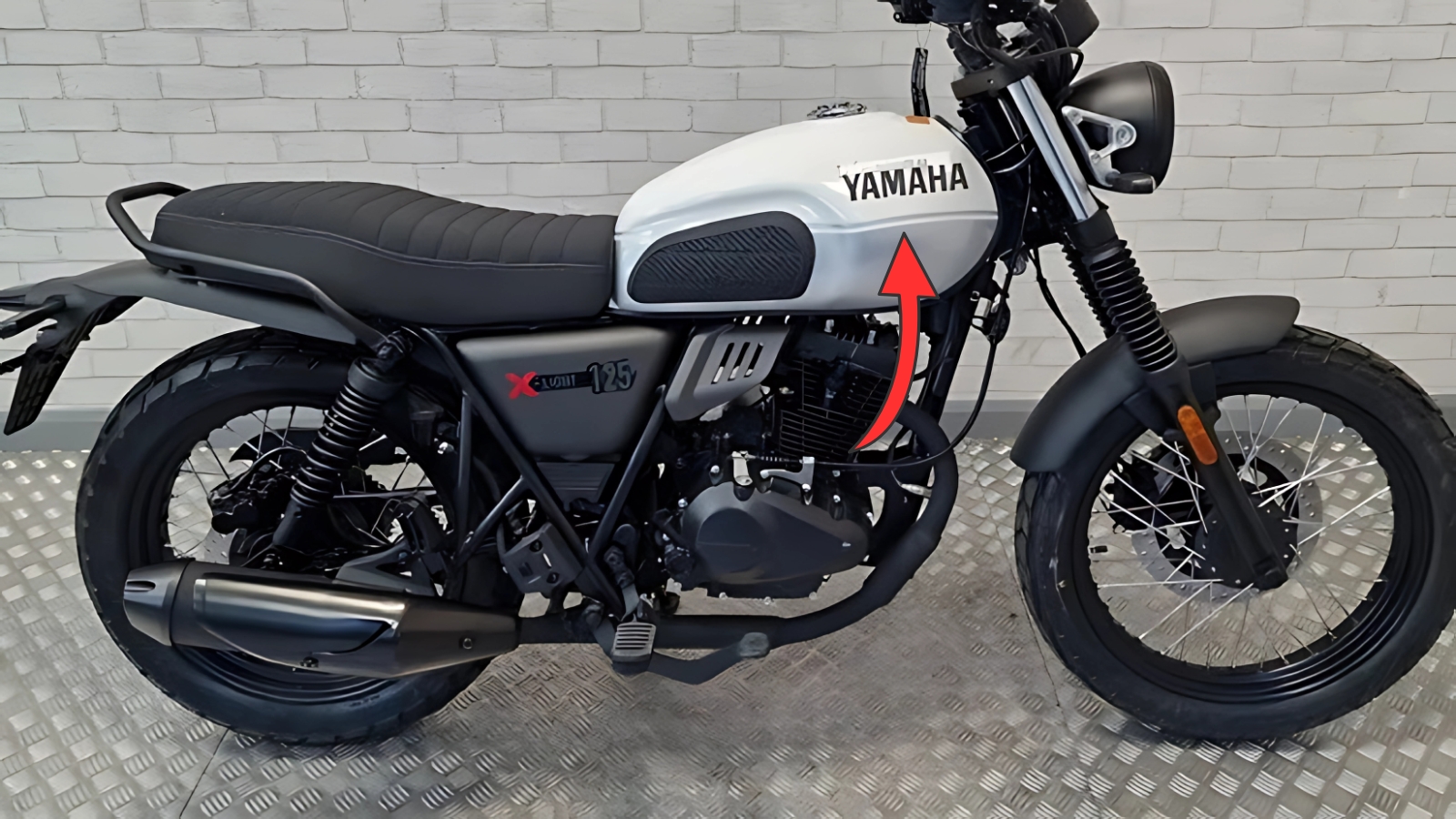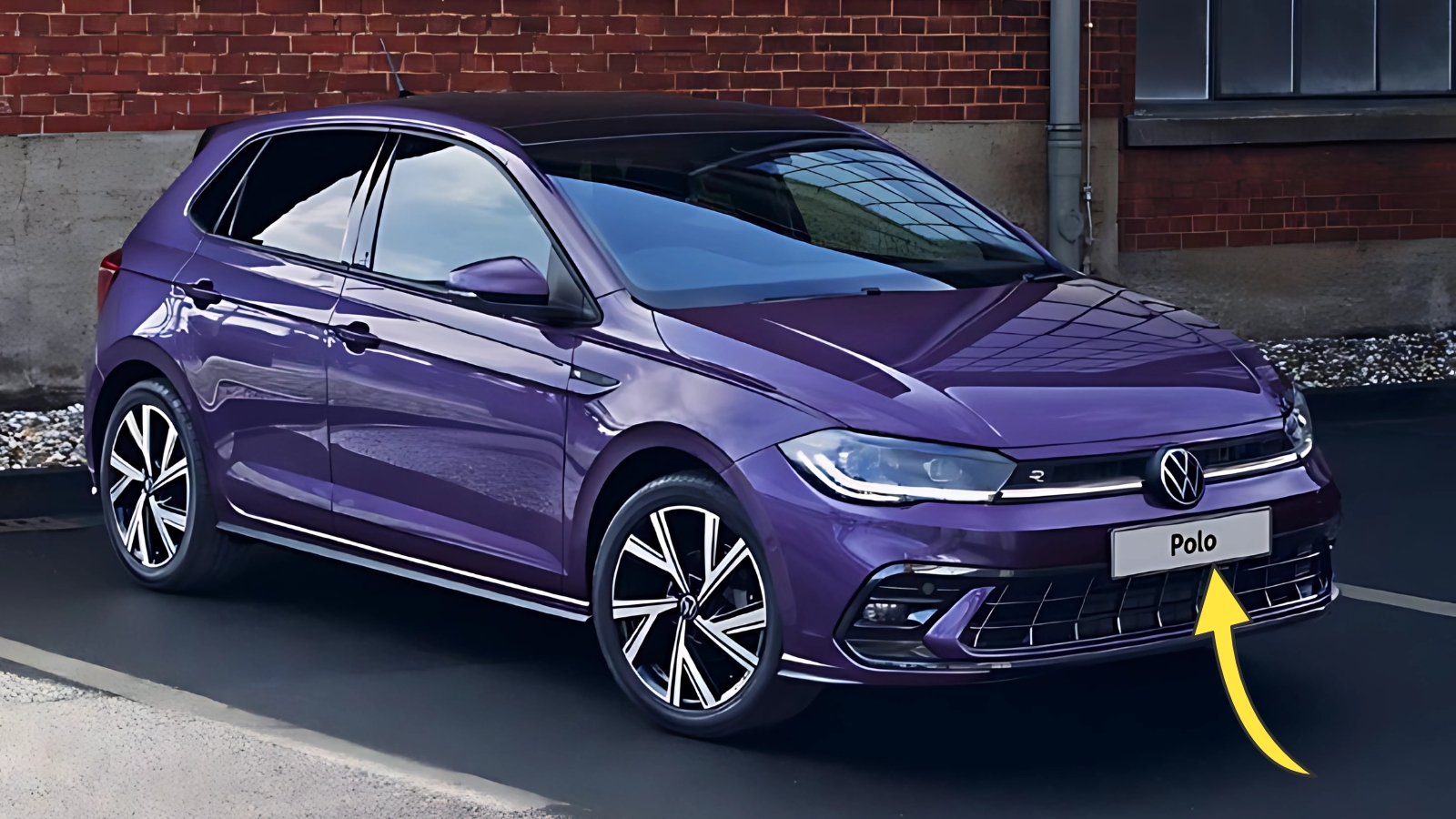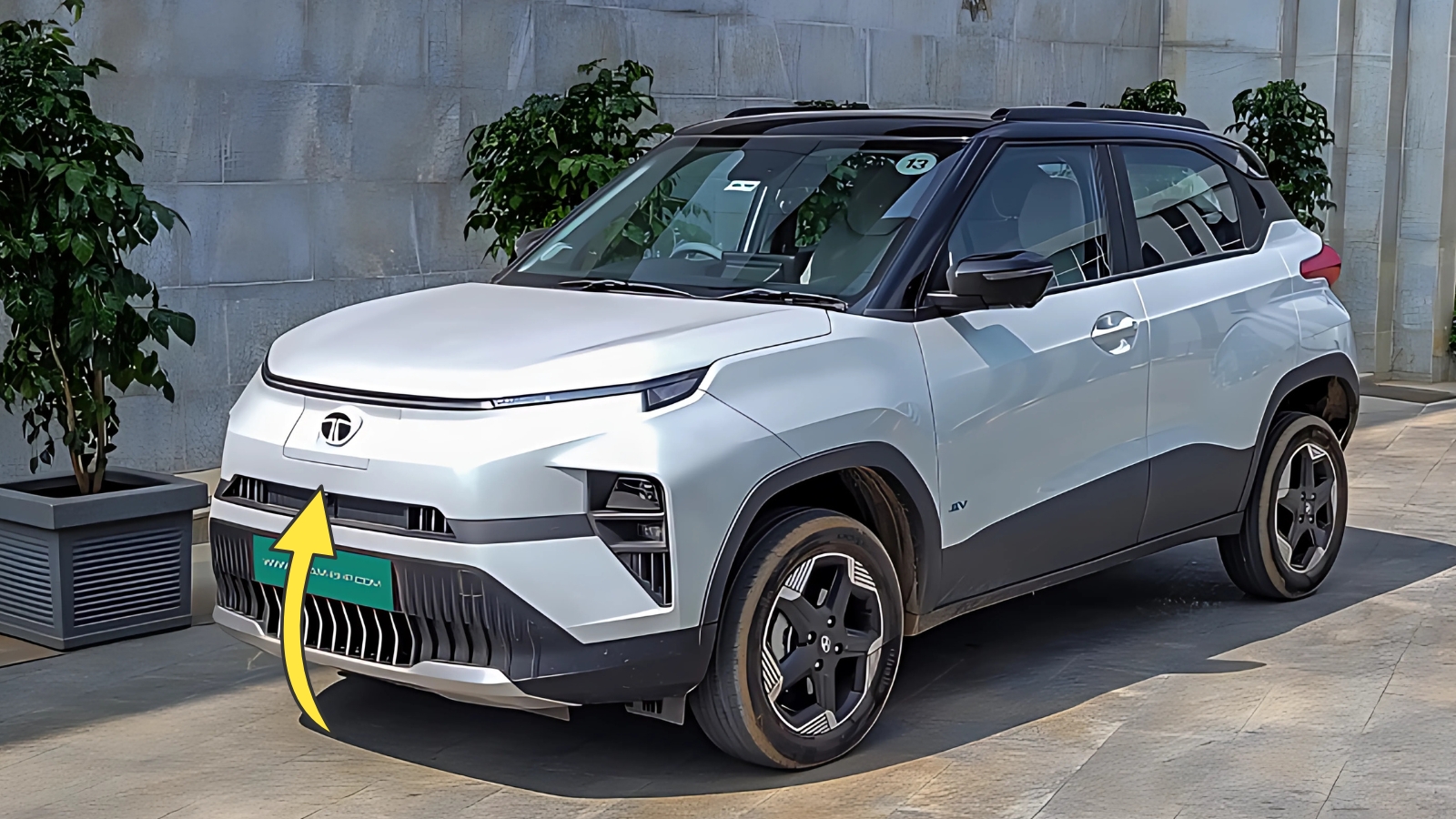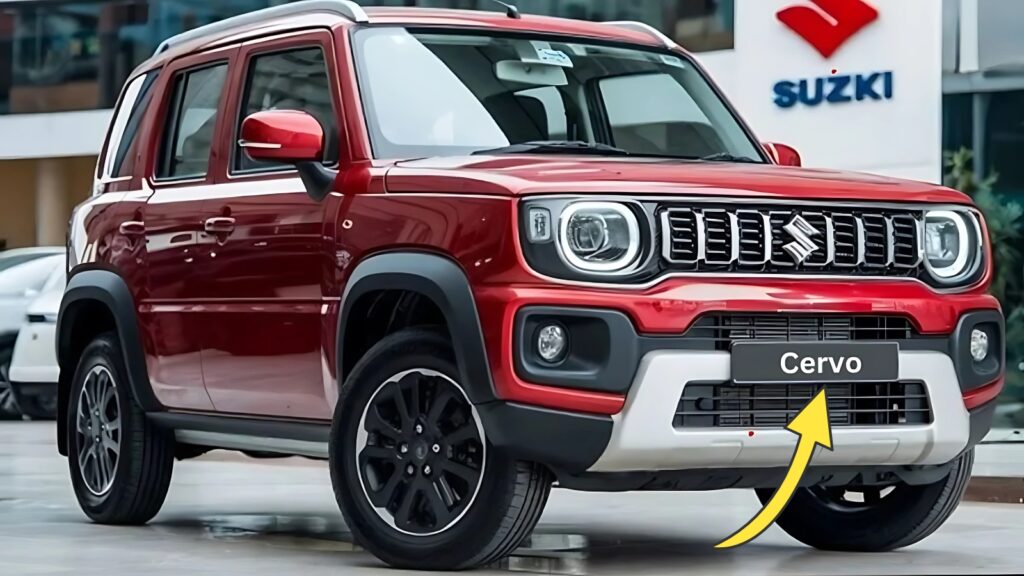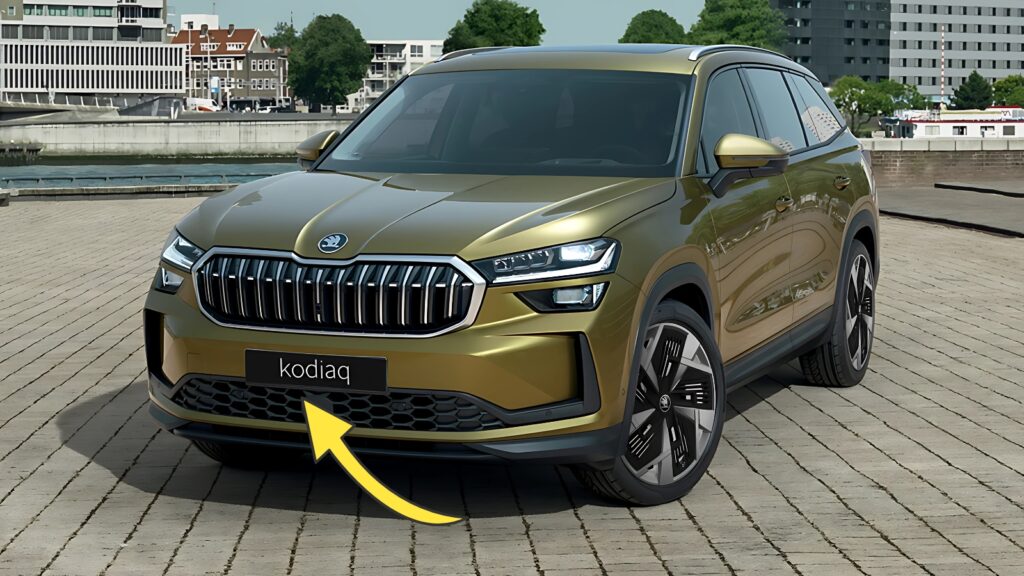Hyundai Santro: Mention the Santro to any Indian family, and watch the stories flow. This humble tall boy didn’t just transport people; it carried dreams, witnessed first jobs, attended countless weddings, and taught an entire generation what reliable motoring meant. While newer models have come and gone, the Santro’s place in India’s automotive heart remains unique – a testament to what happens when a car perfectly matches its market’s needs.
The Revolution That Started It All
When Hyundai launched the original Santro in 1998, the Indian car market was a different world. Limited choices, long waiting periods, and the Ambassador-Padmini duopoly defined personal transport. The Santro arrived like a breath of fresh air – modern styling, zippy performance, and features that seemed almost decadent then. Power steering in an entry-level car? Unheard of. Air conditioning that actually cooled? Revolutionary.
What made the Santro special wasn’t just what it offered, but how it delivered. The tall boy design maximized interior space within compact dimensions. Families discovered that five people could actually sit comfortably, not just theoretically. The large glass area created an airy feel that made cheaper cars seem claustrophobic. Even the name, chosen through a contest, felt friendly and approachable rather than intimidating.
Design That Defined Practical
The Santro’s design philosophy centered on maximizing utility within constraints. The upright stance wasn’t about style – it was about creating headroom for turban-wearing passengers and sari-clad grandmothers. The high seating position gave drivers commanding road views, building confidence in traffic. Wide-opening doors made entry and exit dignified rather than gymnastic exercises.
Through its evolution, including the Xing variant and the 2018 revival, the core design principles remained intact. The later versions added contemporary touches – swept-back headlamps, floating roof designs, and modern grilles – but retained that essential Santro character. This wasn’t a car trying to be something else; it knew its identity and wore it proudly.
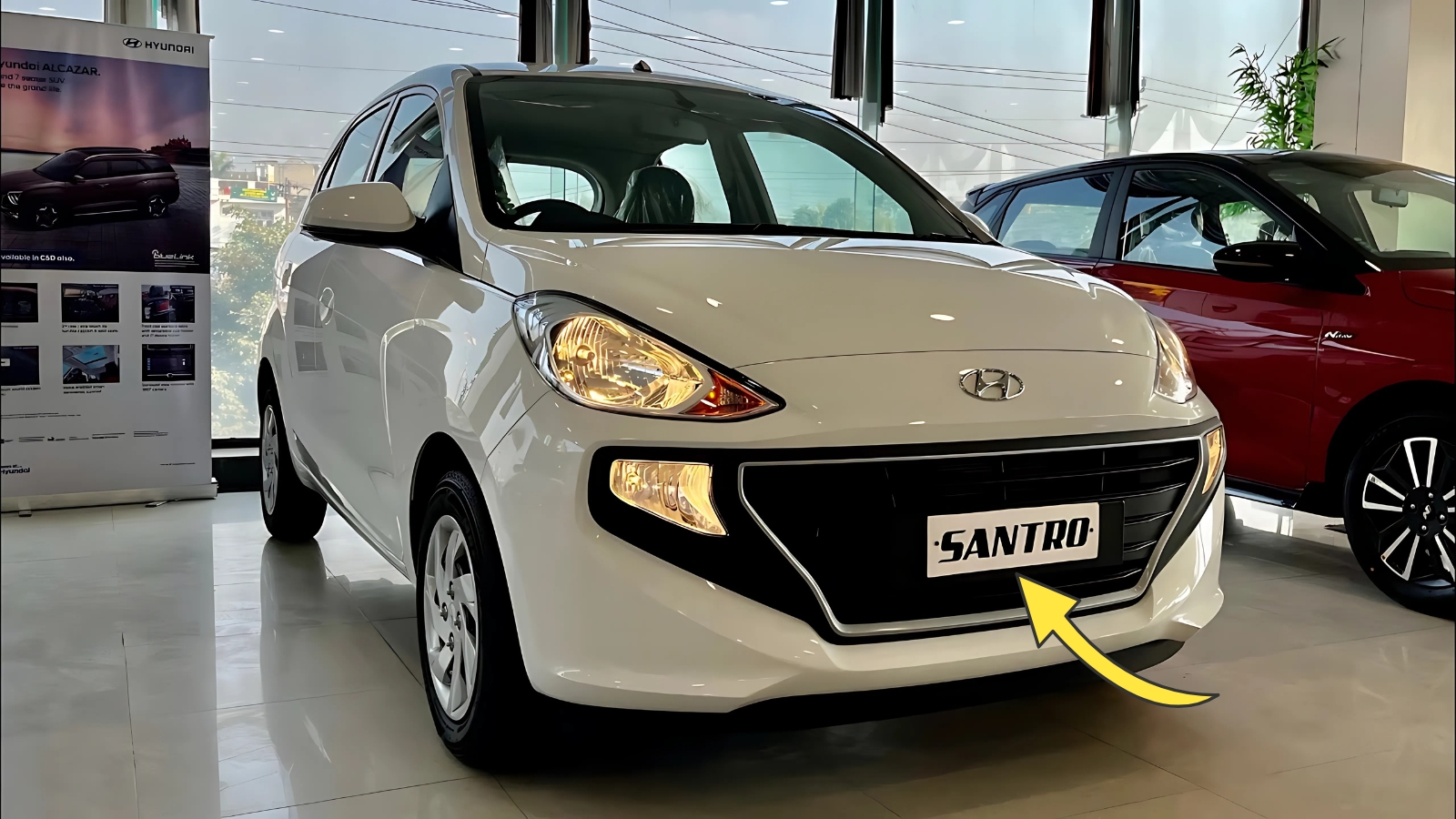
The Engine That Could
The original 1.0-liter Epsilon engine became legendary for its reliability. Taxi drivers swore by its ability to run hundreds of thousands of kilometers with basic maintenance. The refinement levels impressed, especially compared to the agricultural notes from contemporary competitors. Power delivery suited Indian conditions perfectly – strong bottom-end torque for traffic, adequate highway performance, and exceptional fuel economy.
Later versions introduced more powerful engines and even factory-fitted CNG options, recognizing changing market needs. The automated manual transmission (AMT) in the 2018 version brought two-pedal convenience to budget buyers, though enthusiasts preferred the engaging manual gearbox. What remained constant was the powertrain’s fundamental reliability – these engines simply refused to give up.
Interior Space That Amazed
Climbing into a Santro revealed space that seemed to defy physics. The tall roof meant six-footers didn’t brush their heads against the ceiling. The flat floor allowed three rear passengers to sit without playing footsie. The dashboard-mounted gear lever freed up floor space, creating a walk-through design that improved flexibility. Storage spaces appeared everywhere – door pockets, dashboard cubbies, and that famous parcel tray that held everything from tiffin boxes to shopping bags.
The 2018 version modernized the interior significantly. Touchscreen infotainment, rear AC vents (finally!), and improved materials quality addressed contemporary expectations. Yet it retained practical touches like bottle holders in all doors and that commanding seating position that original owners loved. This was evolution guided by user feedback rather than designer whims.
Driving Experience for Real People
The Santro never pretended to be a driver’s car, and that honesty resonated with buyers. The light steering made city driving effortless – important when your daily commute involved countless U-turns and parallel parking. The clutch action remained light even in stop-and-go traffic. Visibility in all directions was exceptional, making it ideal for nervous new drivers and confident veterans alike.
Highway behavior remained predictable if not particularly exciting. The Santro cruised happily at legal speeds, though overtaking required planning rather than point-and-squirt acceleration. The suspension soaked up bad roads remarkably well, protecting occupants from the worst infrastructure could throw at it. This was comfortable, safe, predictable transport – exactly what buyers wanted.
Cultural Impact Beyond Sales
The Santro’s influence extended far beyond sales charts. It democratized car ownership, making four-wheelers accessible to families who’d only dreamed of upgrading from two-wheelers. The Shah Rukh Khan advertisements became cultural phenomena, with the tagline entering everyday vocabulary. For many Indians, their first car memory involves a Santro – whether their own family’s or the neighbor’s they admired.
The used car market tells its own story. Well-maintained Santros command strong prices, reflecting enduring demand. Mechanics love them for straightforward engineering. Parts remain easily available and affordable. The owner community stays active, sharing maintenance tips and modification ideas, keeping these cars running long after newer models failed.
Volkswagen Polo – Sporty look hatchback coming soon in indian market
Hyundai Santro A Legacy That Endures
While the Santro’s production has ended again, its impact on Indian mobility remains indelible. It proved that affordable didn’t mean accepting mediocrity. It showed that practical design could create emotional connections. Most importantly, it gave millions of Indians their first taste of car ownership freedom. In a market obsessed with SUVs and features, the Santro reminds us that sometimes the best cars are those that simply understand and serve their purpose perfectly. Not every car becomes part of a nation’s story – the Santro earned that rare distinction through honest capability and enduring reliability.
